Without a doubt, the most desired of the Sanderos, which engine “fits the best” for the Dacia Sandero Stepway ? Will it be the gasoline and LPG bi-fuel engine (which already corresponds to 35% of the range's total sales in Portugal) or the exclusively gasoline engine?
To find out, we put the two versions together and, as you can see in the images, on the outside nothing distinguishes them — even the color is the same. If you can't figure out which of the two Sandero Stepway in the photos consumes LPG, don't worry, we can't either.
What stands out is the robust and mature look of this new generation and the practical details (such as the longitudinal bars on the roof that can become transversal). And the truth is that the modest Sandero Stepway even manages to capture attention wherever he goes.
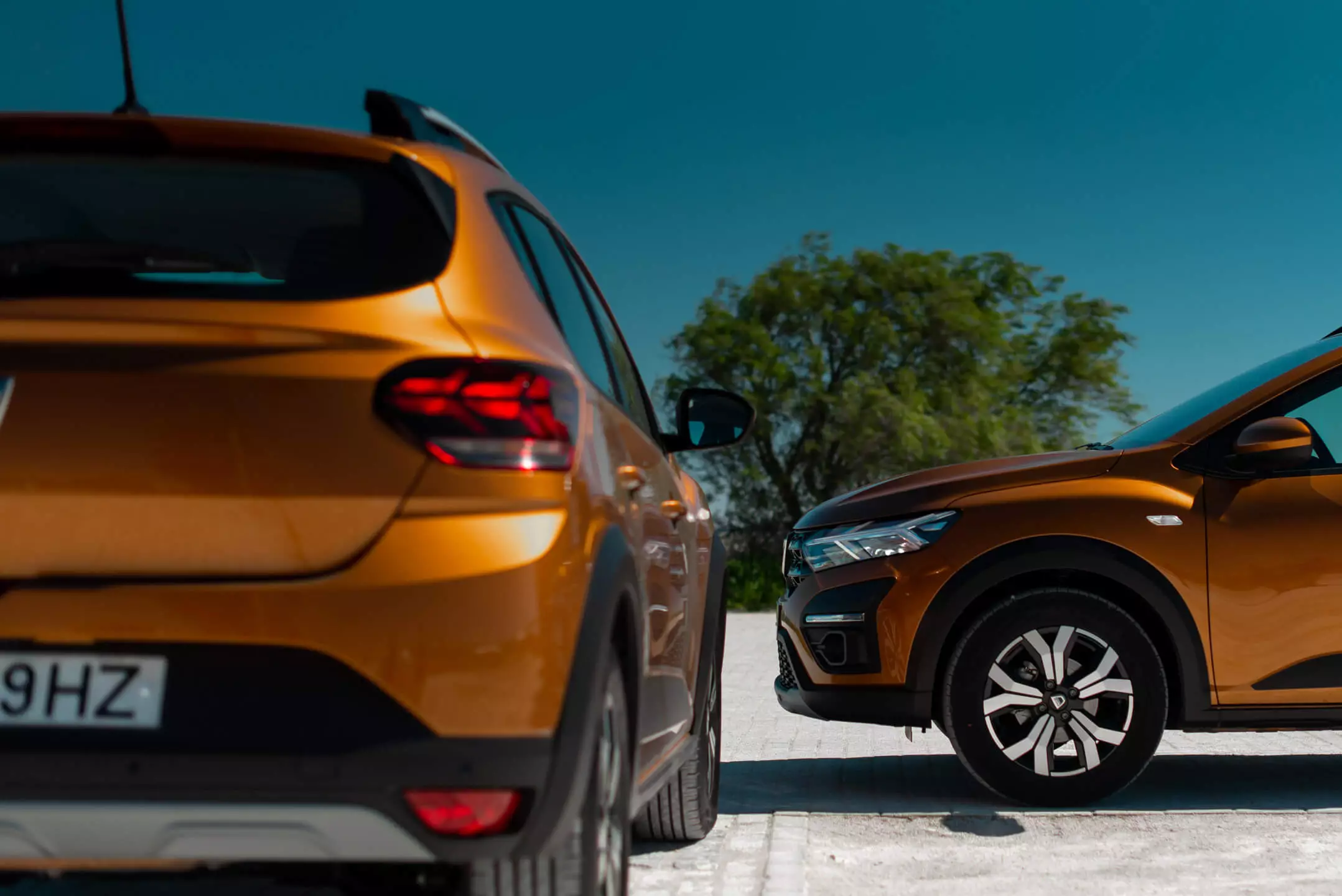
Is it in the interior that they differ?
Very briefly: no, it's not. With the exception of the button to select the fuel we consume on the LPG model and the on-board computer with the LPG consumption data (even the Captur doesn't have this!), everything else is identical between the two Sandero Stepway.
The modern look dashboard q.b. it has hard plastics (as you'd expect), the instrument panel is analog (except for the small monochrome on-board computer) and the infotainment system, despite being simple, is easy and intuitive to use and the ergonomics are in a very good plan .
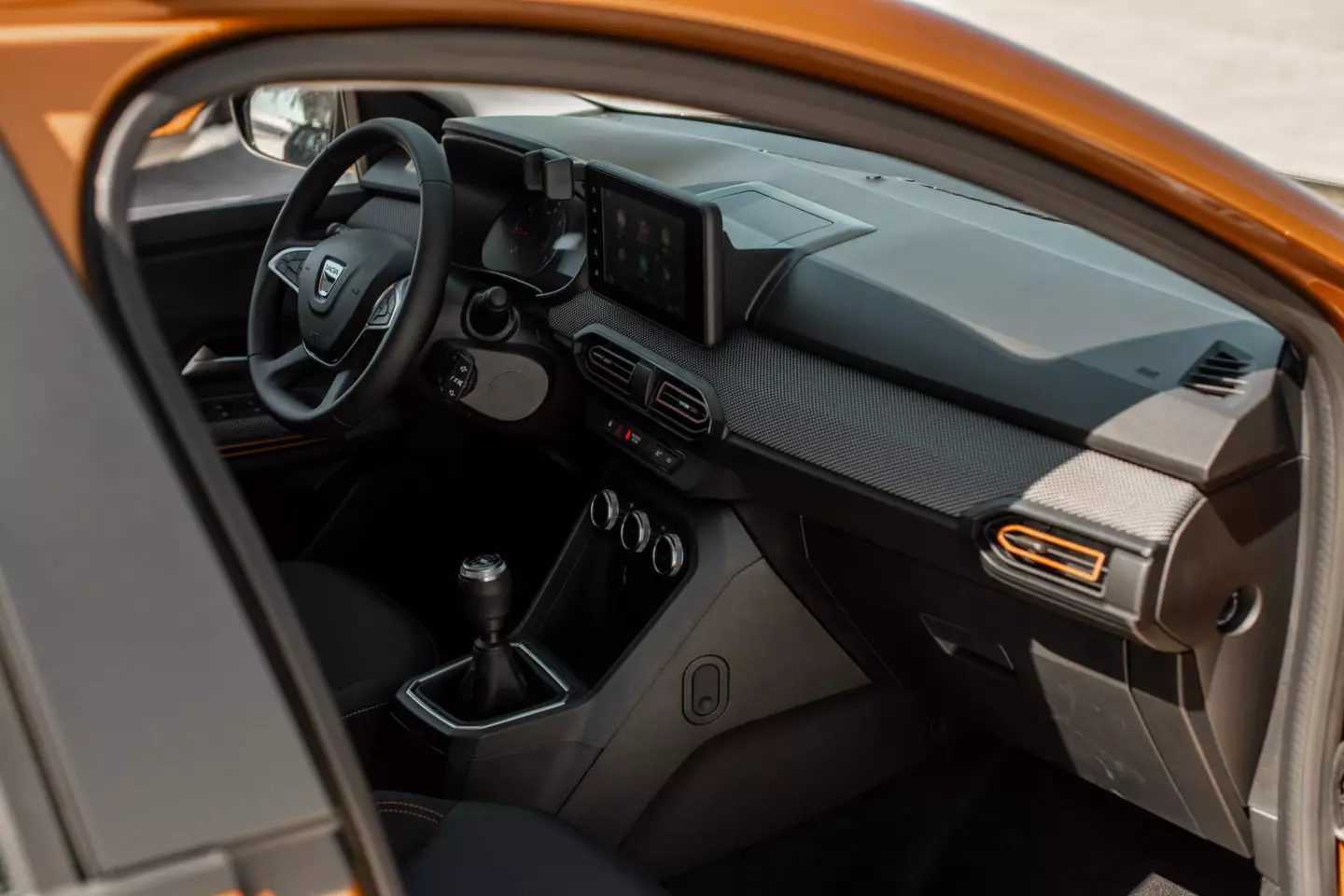
Applying a textile strip to the dashboard helps to mask hard plastics.
Is that in addition to all the commands being at hand to seed, there are details such as the support for the serial smartphone that make me wonder what the other brands are doing so that they haven't already applied an identical solution.
The Sandero Stepway bifuel
As you can see, the differences between the two Sandero Stepway in this duel are limited, solely and exclusively, to the engine they have. So, to find out what separates them, I drove the bi-fuel variant and Miguel Dias tested the petrol-only variant which he will talk about later.
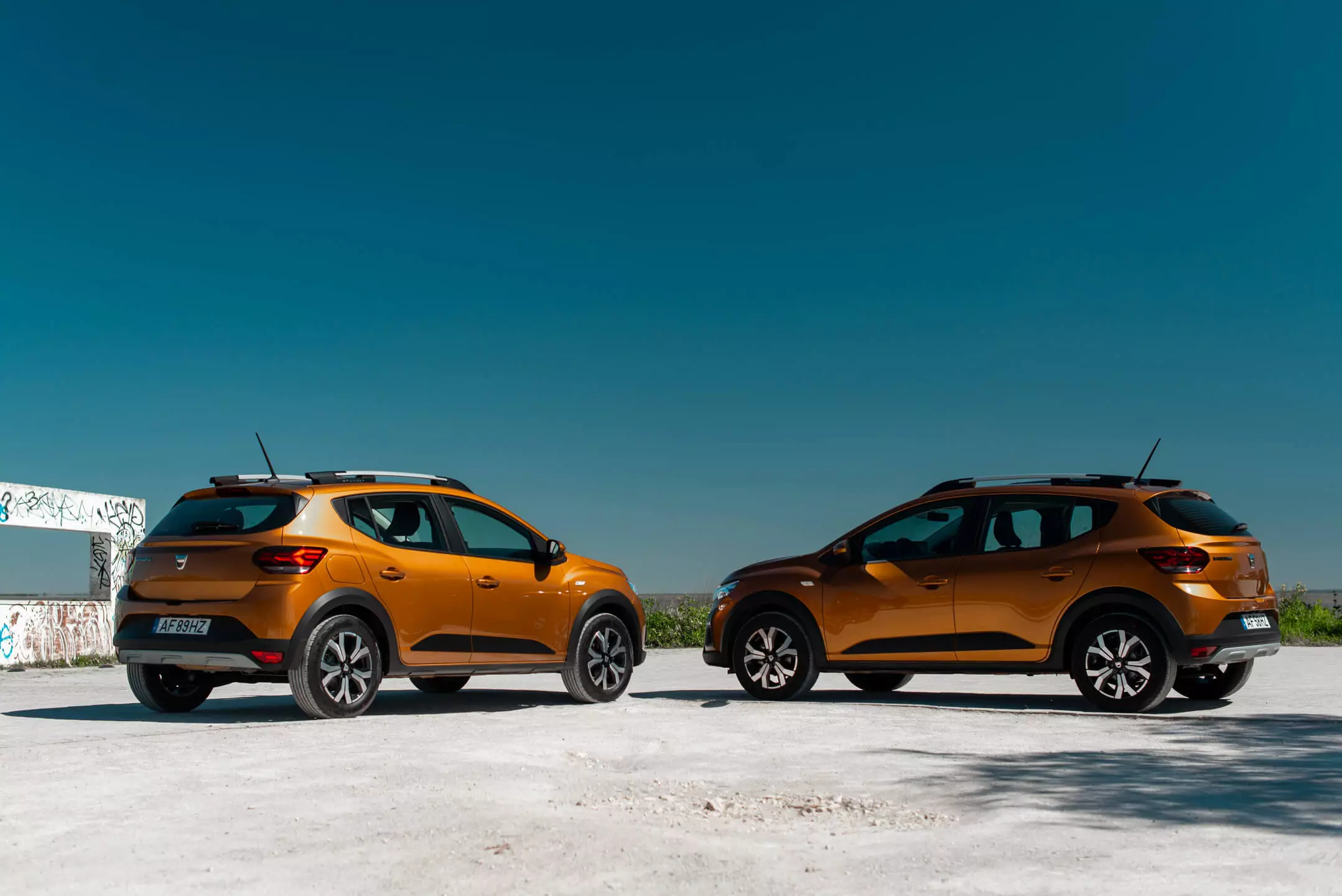
With 1.0 l, 100 hp and 170 Nm, the three-cylinder in the Sandero Stepway bifuel is not intended to be a portent of performance, but neither does it disappoint. It's true that when you consume gasoline you seem a little more awake, but the LPG diet doesn't take too much breath away.
This is not unrelated to the well-scaled six-speed manual gearbox — with a positive feel, but could be more “oiled” — which allows us to extract all the “juice” that the engine has to give. If the objective is to save, we press the “ECO” button and see the engine take on a more peaceful character, but without becoming frustrating. Speaking of savings, gasoline averaged 6 l/100 km while LPG these rose to 7 l/100 km in a carefree driving.
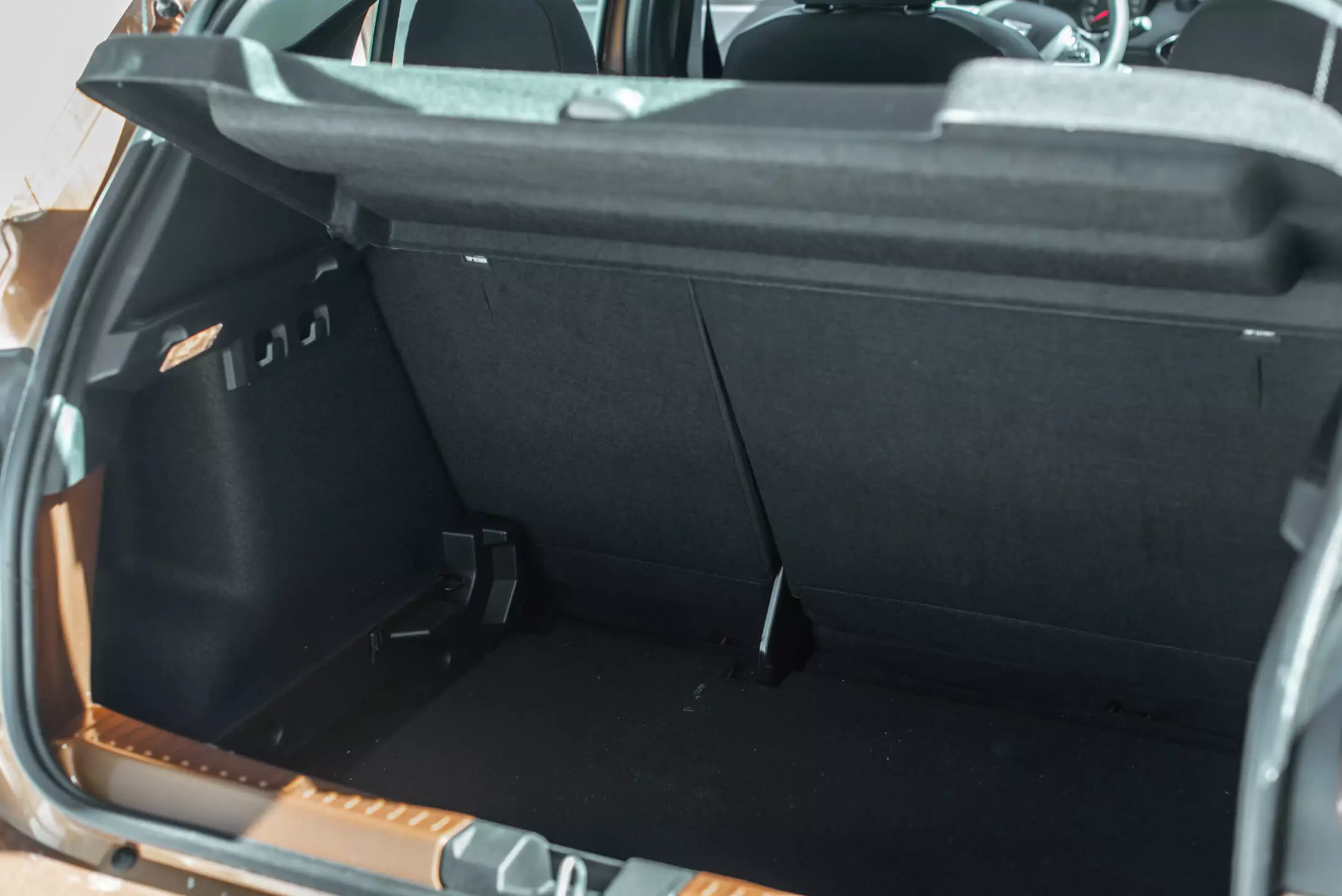
In this field, that of driving, the technical proximity to the Renault Clio is important, but the light steering and the greater height to the ground end up not being the best incentive to take faster paces. In this way, it seems to me that the Dacia Sandero Stepway ECO-G is more adept at the use that, curiously, I ended up giving it: “devour” kilometers on highways and national roads. There, the Sandero Stepway benefits from the fact that it has two fuel tanks to offer a range of around 900 km.
In this road-going condition, it is comfortable, and the only "concession" to the demonstrated rolling comfort lies in the less successful soundproofing - especially with regard to aerodynamic noise - which is felt at higher speeds (to get more prices accessible, you need to cut on some sides).
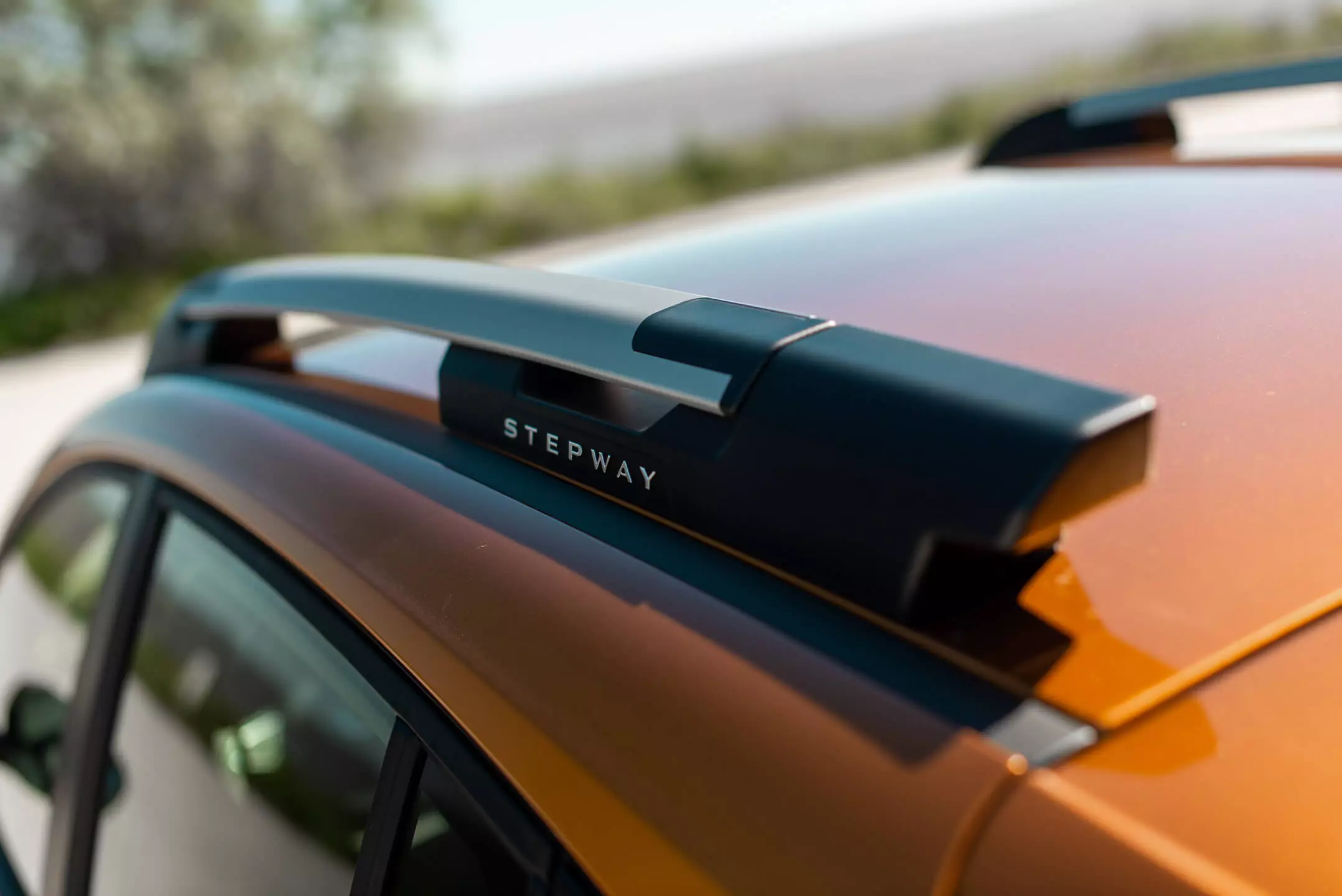
That said, it is not difficult to see that this Dacia Sandero Stepway bi-fuel seems to have been designed for those who travel many kilometers daily. But what is it like to live with the gasoline-only variant? To answer this question, I will “give” the next lines to Miguel Dias.
The Gasoline Sandero Stepway
It's up to me to “defend” the Dacia Sandero Stepway powered exclusively by gasoline, even though it has many good arguments capable of “speaking” for themselves.
The engine we have at our disposal is exactly the same as the one found in the Sandero Stepway bi-fuel or the “cousins” Renault Captur and Clio, although with 10 hp less than all of them (a justified difference to comply with emission regulations , which should also reach Renault models).
If in the version tested by João Tomé the supercharged three-cylinder block with 1.0 liter of capacity produces 100 hp, here it stays at 90 hp, although in practical terms, at the wheel, this is not noticed.
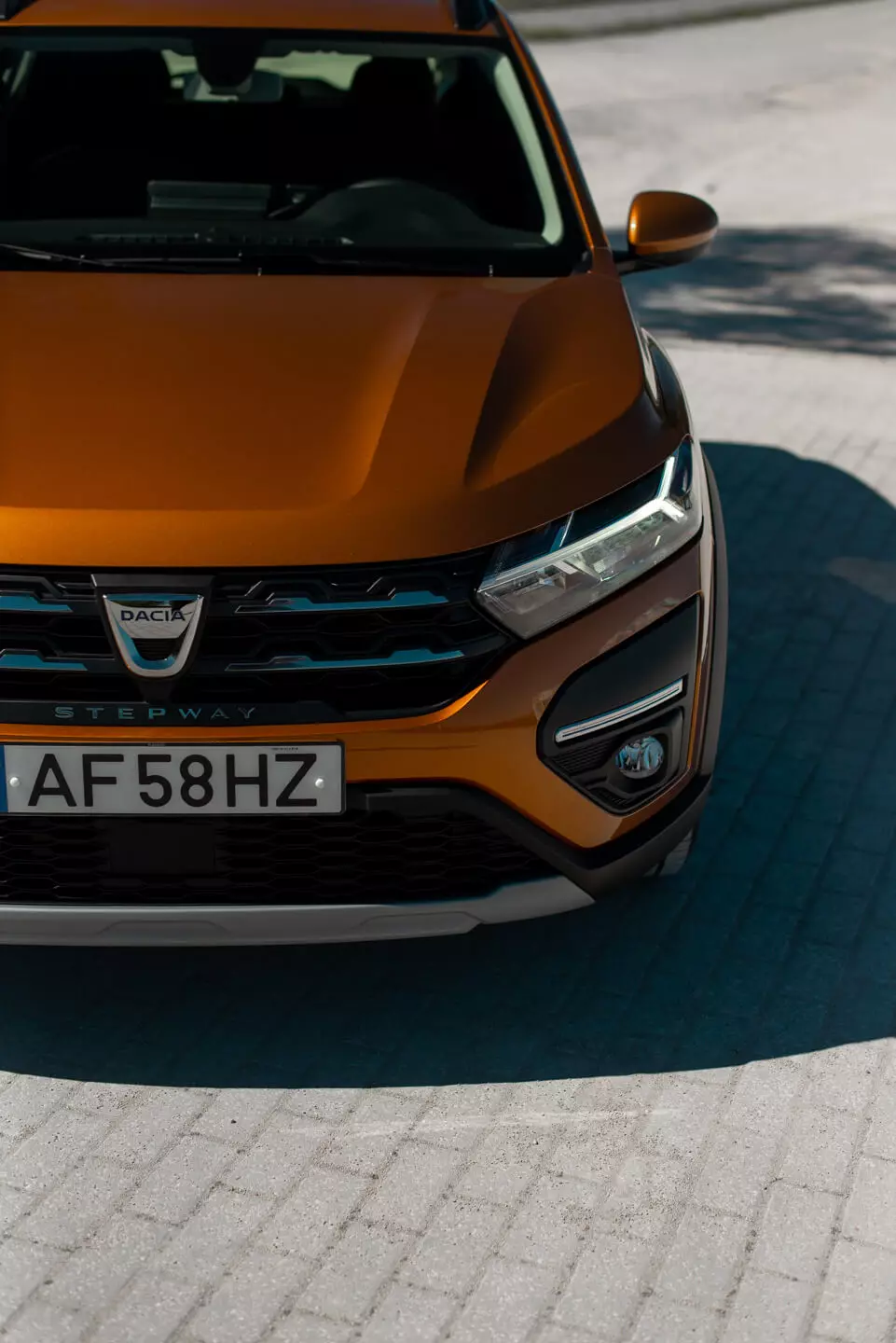
Combined with a six-speed manual gearbox (a first for Dacia), this engine manages to be dispatched and offers good elasticity. I echo João's words: the installments are not impressive, but let's be honest, no one expects them to.
But the title of biggest surprise of the “day” — or of the test, go — belongs to the new six-speed manual gearbox (produced exclusively by Renault Cacia), especially when compared to the old five-speed transmission of the Romanian brand. The evolution is palpable and the touch is much more pleasant and although there are better manual boxes, it is to her that I attribute much of the “blame” for having so enjoyed driving this Sandero Stepway, which was always very willful.
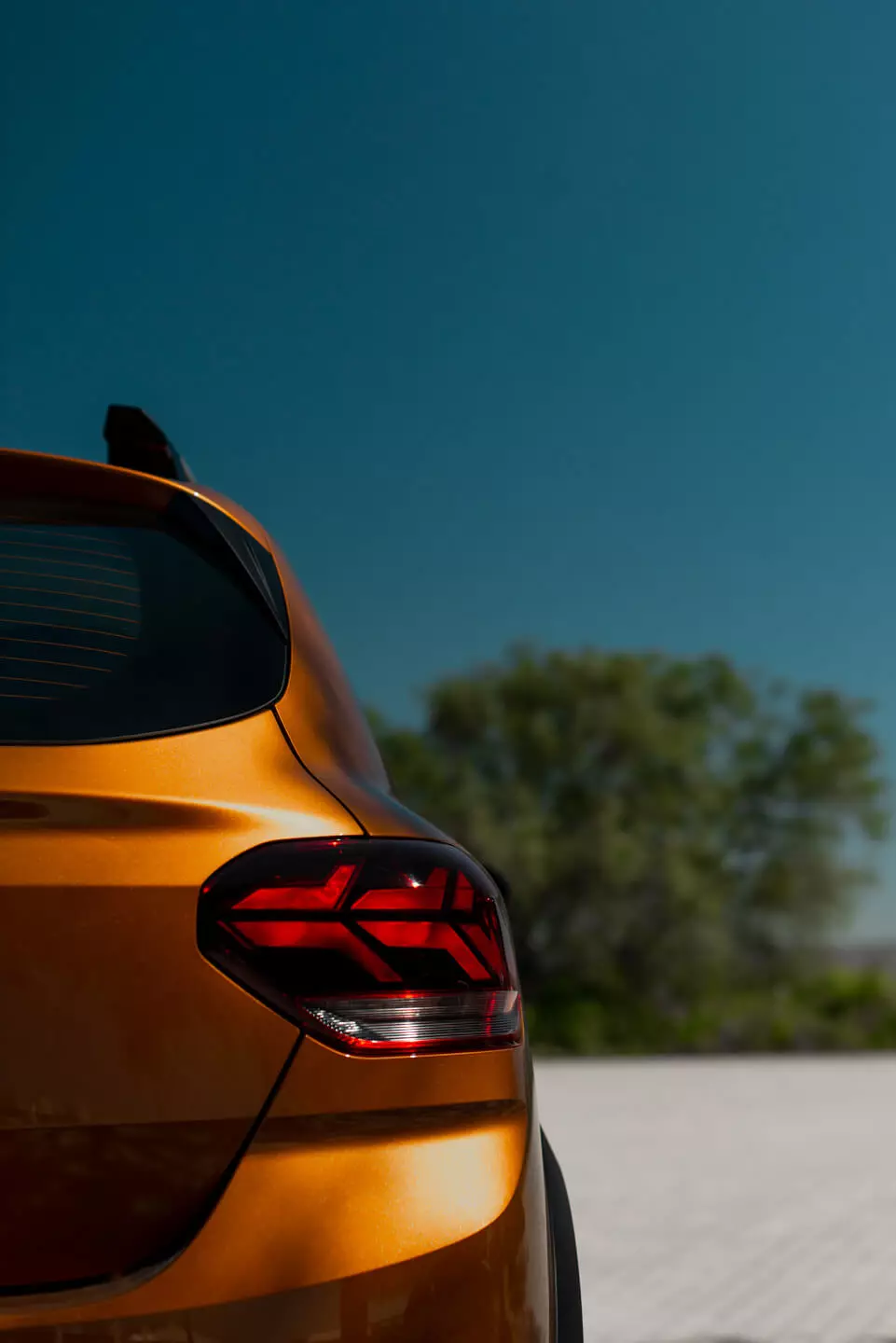
In “live” driving, it doesn't take many kilometers — or curves drawn by a petrolhead… — to notice the dynamic evolution that this model has undergone. Here, I venture to say that the gap for the Renault Clio is getting narrower. But, as João mentioned, the steering is too light (a characteristic inherited from the previous one) and doesn't transmit to us everything that is happening on the front axle.
However, and despite being more agile, a slight balance of the bodywork in curves is noticeable, which is explained by the right chosen for the suspension, more focused on comfort. This doesn't benefit the dynamism of the Sandero Stepway, but it has a very positive impact on highways and expressways, where this Dacia exhibits road-going qualities that, in my opinion, we hadn't yet seen in a model from the Romanian manufacturer.
And speaking of comfort, I reinforce the aspects highlighted by João, with particular emphasis on the aerodynamic noises that invade the cabin. This is, along with the engine noise when we press the accelerator more decisively, one of the biggest “cons” of this model. But it is worth remembering that neither of these two aspects “spoils” the experience behind the wheel.
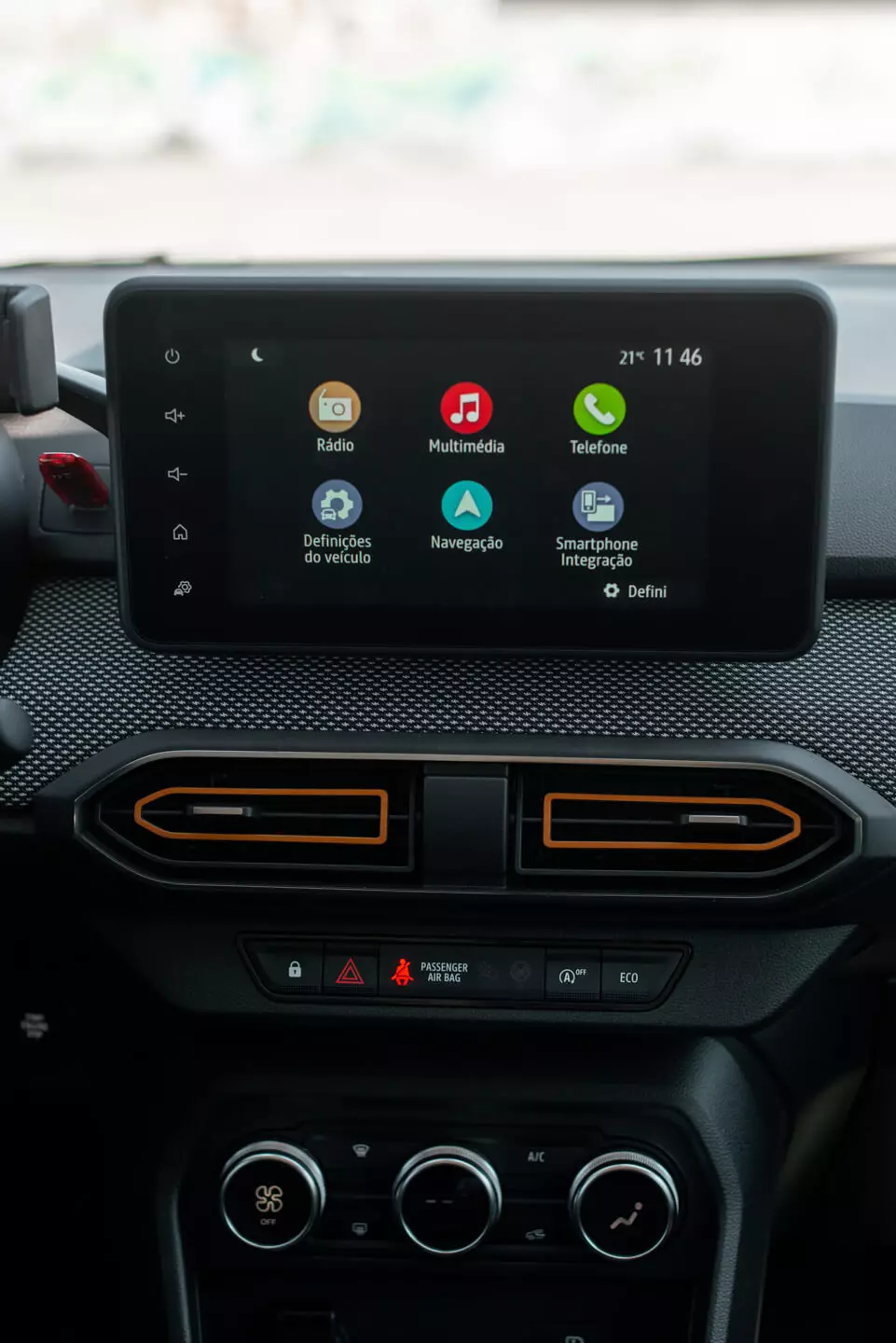
As for consumption, it is important to say that I finished the test with an average of 6.3 l/100 km. It is not a reference value, especially if we take into account the 5.6 l/100 km announced by Dacia, but it is possible to go down from 6 l/100 km with a more careful driving — and with the selected ECO mode, why not I've been “working” for the averages.
All in all, it is difficult to point out fracturing defects to this version of the Sandero Stepway and to choose between the two variants that we brought to the “ring” of Razão Automóvel, it was even necessary to resort to a calculator.
Let's go to the accounts
Choosing between these two Sandero Stepway is, above all, a matter of doing math. Accounts for the kilometers traveled daily, at the cost of fuel and, of course, at the cost of acquisition.
Starting with this last factor, the difference between the two units tested was only 150 euros (16 000 euros for the petrol version and 16 150 euros for the bi-fuel). Even without extras, the difference remains residual, standing at 250 euros (15,050 euros against 15,300 euros). The value of the IUC is identical in both cases, 103.12 euros, leaving only the calculations to be made to the costs of use.
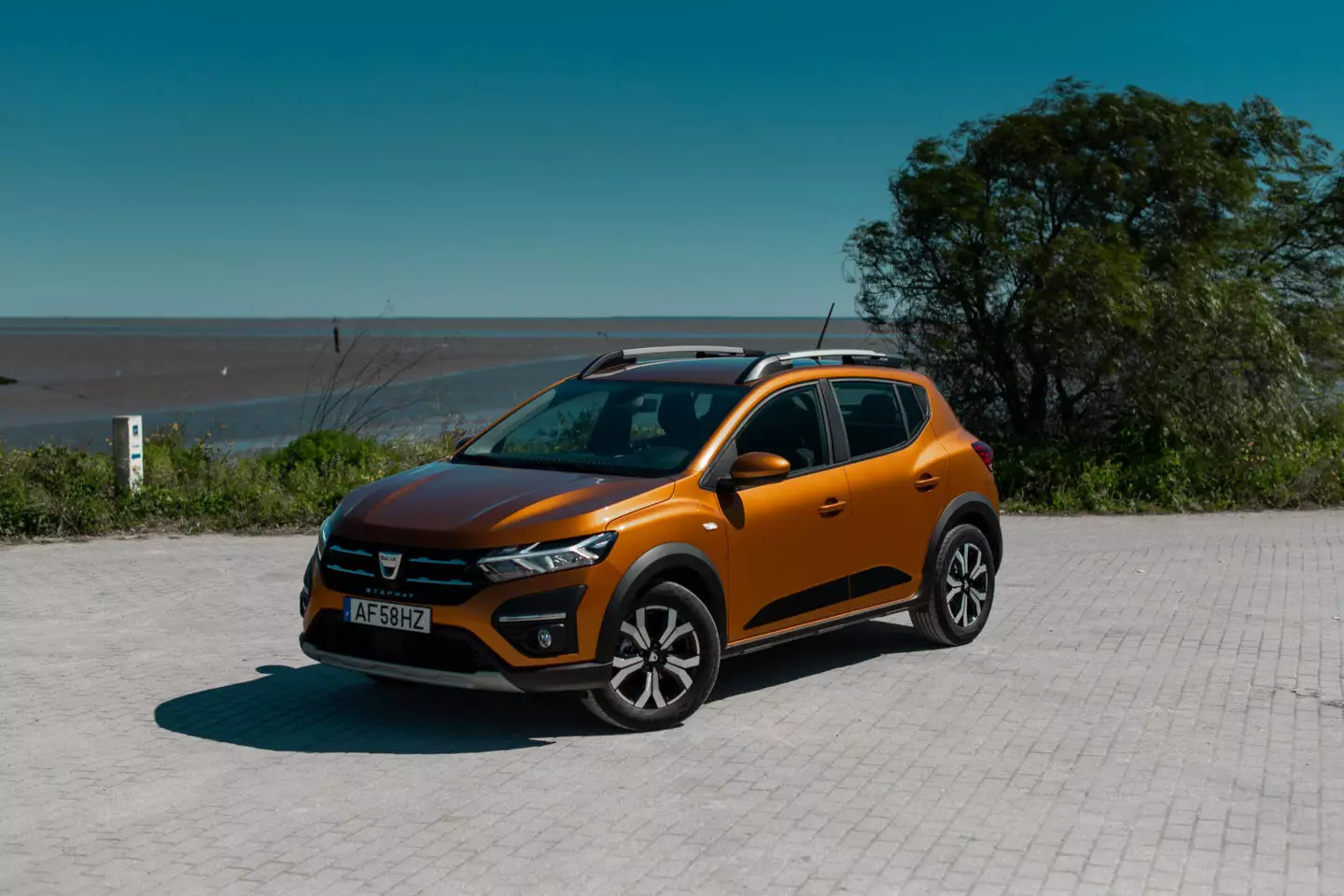
Taking into account the average of 6.3 l/100 km achieved by Miguel and assuming an average price of a liter of single gasoline 95 of €1.65/l, traveling 100 kilometers with the Sandero Stepway using gasoline costs, on average, 10 .40 euros.
Now with the ECO-G (bi-fuel) version, and with the average price of LPG fixed at €0.74/l and an average consumption of 7.3 l/100 km — the LPG version consumes on average between 1-1.5 l and more than the petrol version — those same 100 km cost around 5.55 euros.
If we take into account an average of 15 000 km/year, the amount spent on fuel in the gasoline version amounts to approximately 1560 euros, while in the bifuel version it is around 810 euros in fuel — effectively just over 4500 km are enough to the Sandero Stepway ECO-G start to compensate for the higher price.
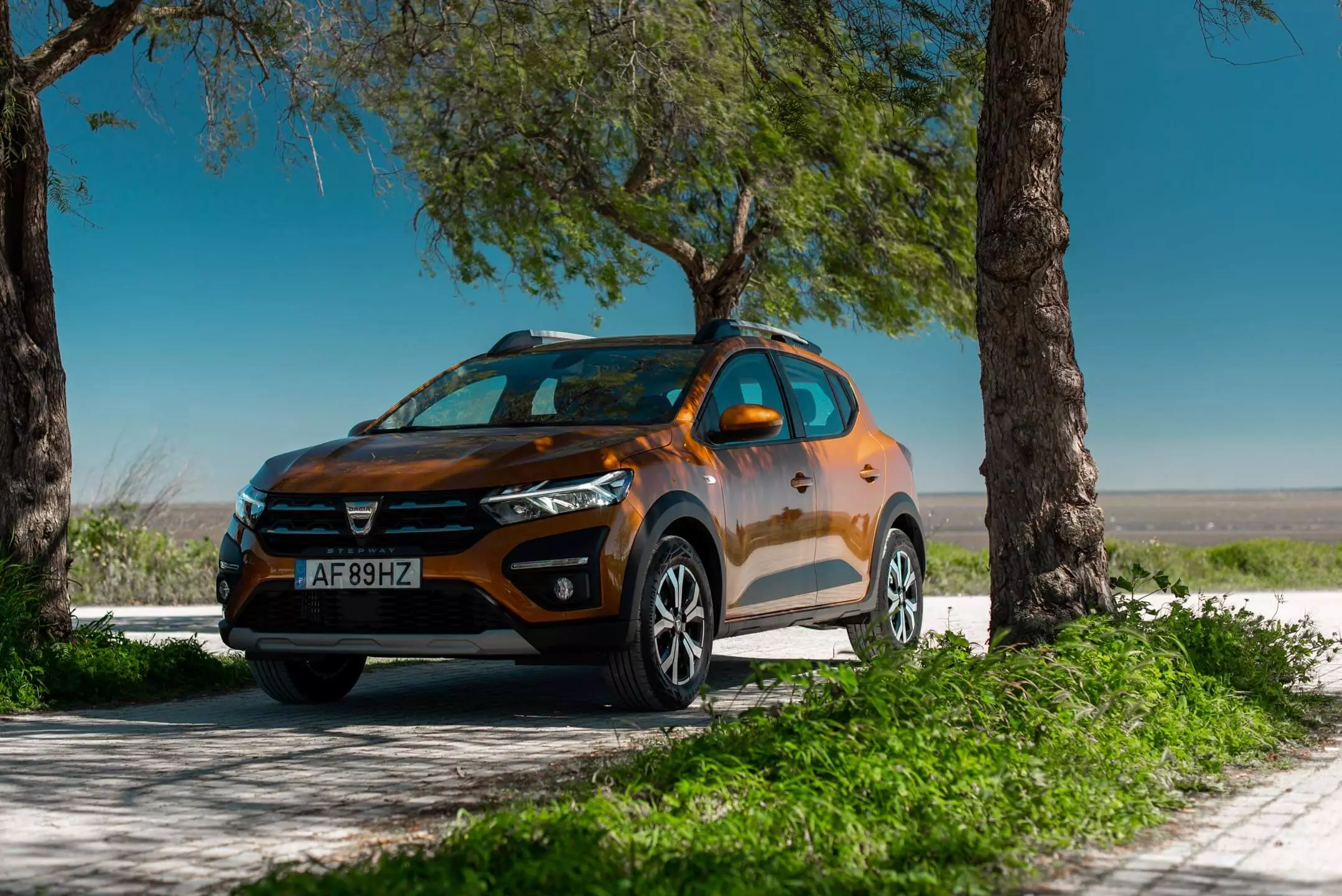
What is the best Sandero Stepway?
If the price difference between the two were greater, the choice between these two Dacia Sandero Stepway could prove more difficult.
However, when we look at the numbers, it's hard to justify betting on the gasoline version. After all, the little we save on the purchase is quickly absorbed by the fuel bill and even the “excuse” that LPG vehicles cannot park in closed parks is no longer applicable.
The only excuse for not opting for the Dacia Sandero Stepway ECO-G can only be attributed to the availability of LPG filling stations in the region where they live.
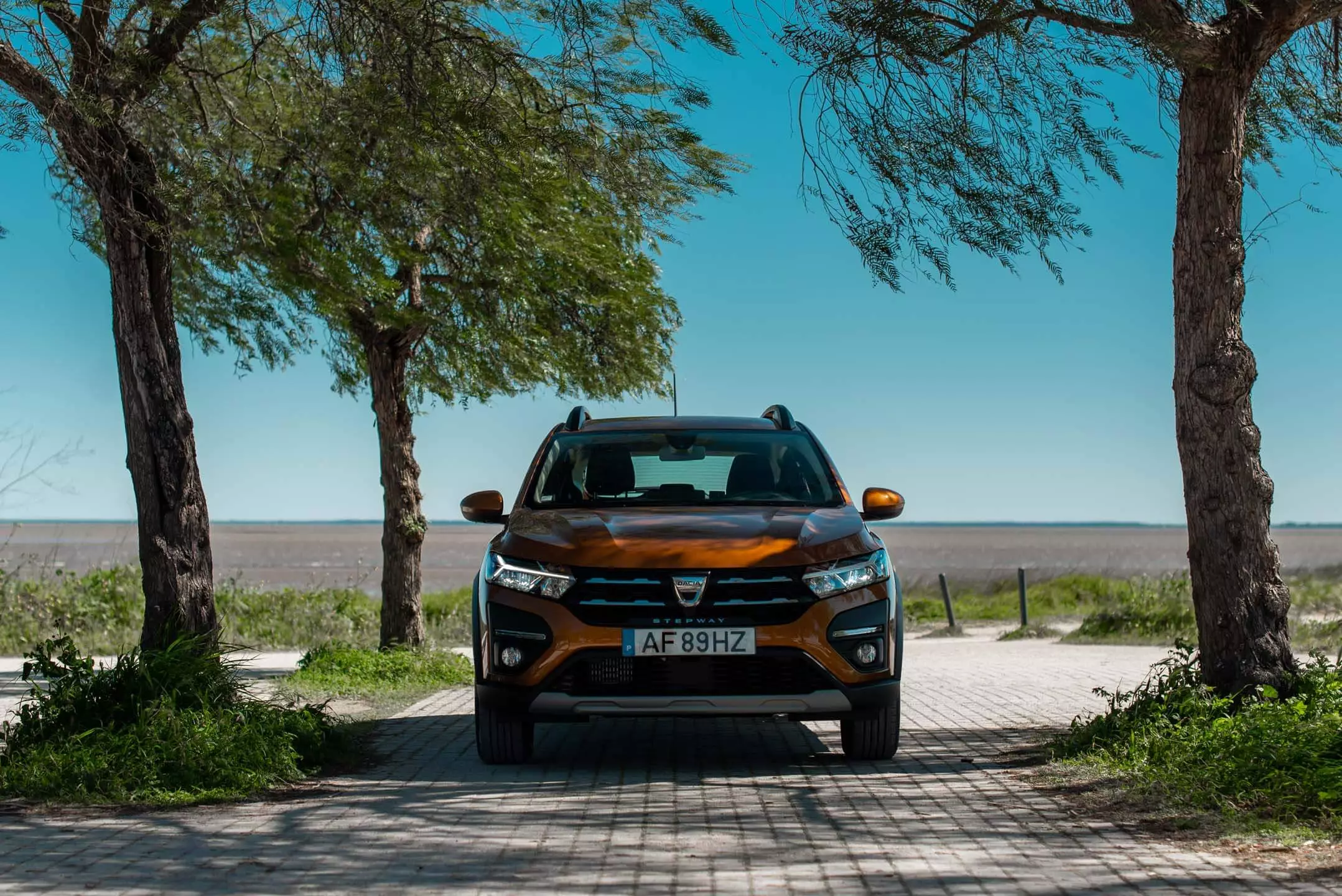
As I said when I tested the Duster bi-fuel, if there is fuel that seems to fit “like a glove” to the frugal character of Dacia's models, it is LPG and in the case of Sandero, this is proven once again.
Note: The values in parentheses in the data sheet below refer specifically to the Dacia Sandero Stepway Comfort TCe 90 FAP. The price of this version is 16 000 euros.
